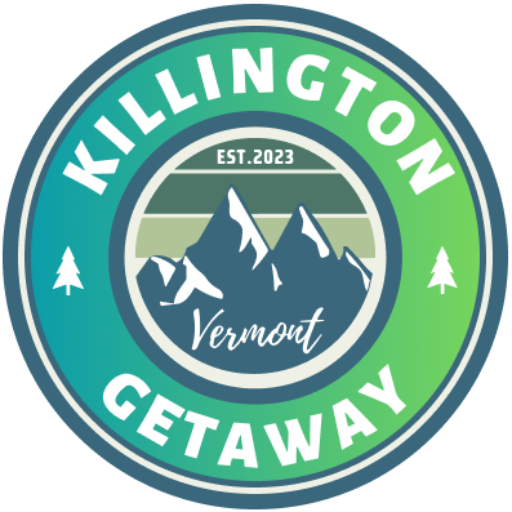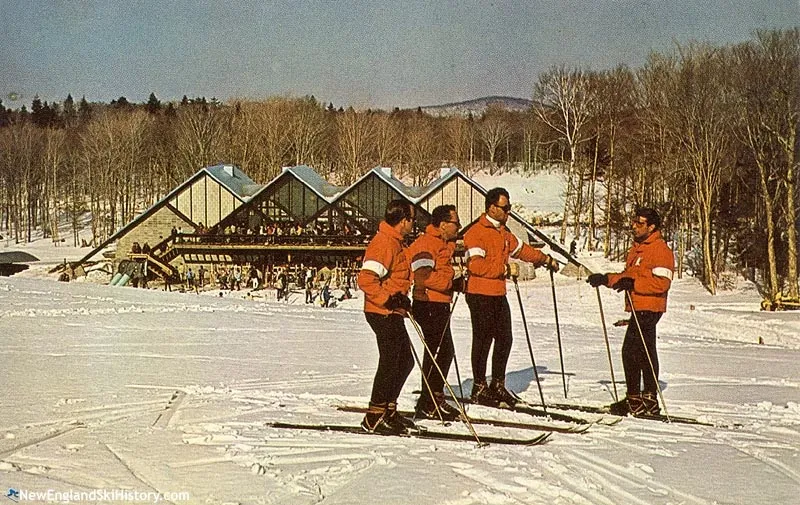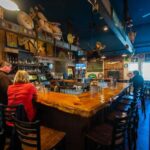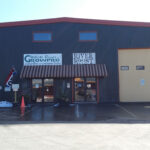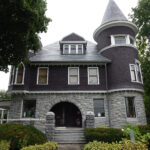It’s absolutely impossible to talk about the history of Killington town without addressing the beautiful and complete Ski Resort it holds.
The one who took the credit for the great opening was Preston Leete Smith on December 13th, 1958. It started with two lifts and seven trails and today, Killington Ski Resort operates across six mountains with 141 trails and 24 lifts. But how about digging into the story behind it?
Due to its astonishing beauty and nearness to Rutland, Killington Peak was a recreational destination all the way back to colonial American history. In July 1879, a carriage road was constructed up the western face of the mountain, leading to the opening of a near-summit hotel by M. Meyerhoffer in 1880. Initially quite popular, the building was expanded in 1882.

According to Killington: A Story of Mountains and Men¹, an electric railway up the mountain was proposed later that decade. The hotel and summit parcel was sold to Marcellus Wheeler in 1901. By the time 1907 rolled around, reservation requests to stay at the hotel were denied, with the owner claiming they could not find an operator. The hotel and carriage road quickly deteriorated.
The earliest known ascent of Killington Peak on skis occurred in February 1917, when a group of Green Mountain Club members ascended the mountain on a particularly cold day. One of the two skiers in the group was Charles P. Cooper, who led additional winter ascents of Killington while serving as president of the Green Mountain Club. By this point, the hotel was no longer standing.
Future Governor Mortimer Proctor purchased the Killington summit tract from Wheeler in 1919. In 1927, the ridge that Killington Peak topped was named the Coolidge Range in honor of President Calvin Coolidge, who grew up in nearby Plymouth. Coolidge was quoted as saying, “Vermont is a state I love. I could not look upon the peaks of Ascutney, Killington, Mansfield, and Equinox without being moved in a way that no other scene can move me.”²
For the winter of 1935-36, a ski development was constructed close to Shrewsbury Peak, including a rope tow and multiple trails.
After the death of Charles P. Cooper in 1936, the Green Mountain Club proposed the construction of a lodge in his honor. Mortimer Proctor deeded a parcel of land to the state for the building, which was to be constructed near the site of the former hotel. Construction stretched over multiple years, as many roads were washed out by the September 1938 hurricane. State and Civilian Conservation Corps labor was also used in the construction, which was led to completion by state forester Perry Merrill. The Cooper Lodge was dedicated on Sunday, June 2, 1940.
Meanwhile, a lift-served ski development debuted on Little Pico for the 1937-38 season, adding a major T-Bar lift in 1940.
In 1954, Perry H. Merrill, known as the Father of Vermont’s State Parks and Alpine Ski Areas and Vermont State’s land lease officer, wanted to see a ski resort developed on Killington Peak, the second highest mountain in Vermont with 4,235 feet in elevation.

Photo: (Development of the first Ski Lift at Little Pico, 1938).
Preston L. Smith’s lift plans emerged in the summer of 1956, calling for a chairlift to the summit, an upper mountain Pomalift, and top-to-bottom Pomalifts on Snowdon and Skye Peak. The project made the Associated Press wire in July, as an off-beat news story involving porcupines caught the attention of readers. Crews working on the mountain reported that porcupines had been chewing on tires, rubber ignition wires, and even an aluminum skillet.
The project was dealt a blow in late 1956 when the State Highway Board announced there were no funds to construct the estimated $300,000 to $400,000 5-mile access road to the proposed ski area. The board suggested the issue would have to go to the legislature.
In April 1957, the state legislature appropriated $750,000 to construct access roads for Killington, Okemo, Burke, and Jay Peak. Two months later, the legislature approved $30,000 to construct a base lodge at Killington. The Sherburne Corporation proceeded with the construction of the ski area, employing a crew of 15 to 17 men. Though the highway department completed a survey, it announced later in the summer that it would not construct the Killington access road in 1957 and that the estimated cost of the project had ballooned from $140,000 to $310,000.
Killington Resort Today

With a total area of 1,509 acres (6.1 km2), 155 runs, and a lift system that contains 21 lifts: 2 Gondolas, 5 express quads, 4 quads, 3 triples, 1 double, and 6 surface lifts, Killington Resort is one of the most important ski areas for both tourist and locals who want to enjoy an outstanding ski adventure, as well as hiking and trekking activities for all the family members and beautiful views from its powerful peaks in the great state of Vermont.
Killington has 45 miles (72 km) of hiking and mountain biking trails and an 18-hole golf course. It also has lift-accessed mountain biking in the summer with technical trail features, jumps, and other obstacles. Since March 2015, the resort successfully applied to the state for permits allowing them to add zip lines and a mountain coaster.
